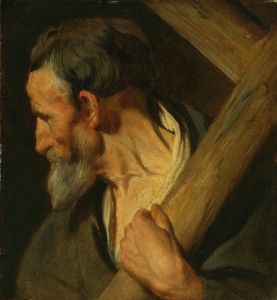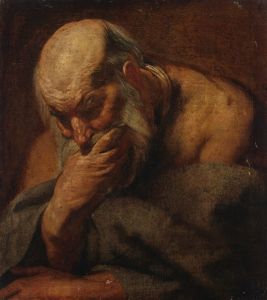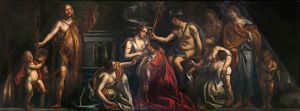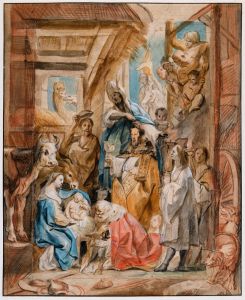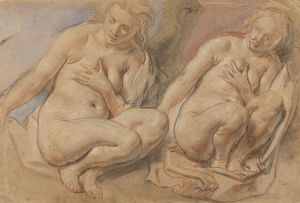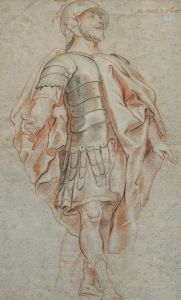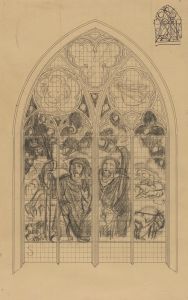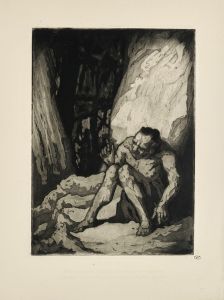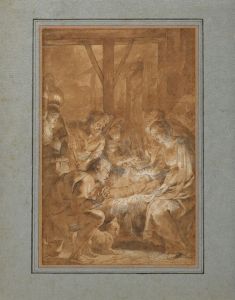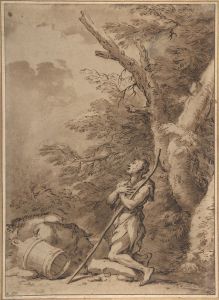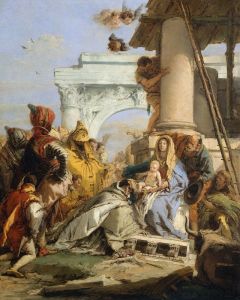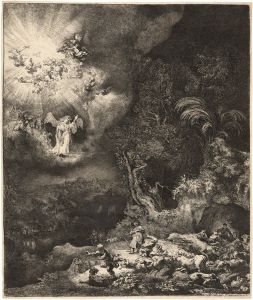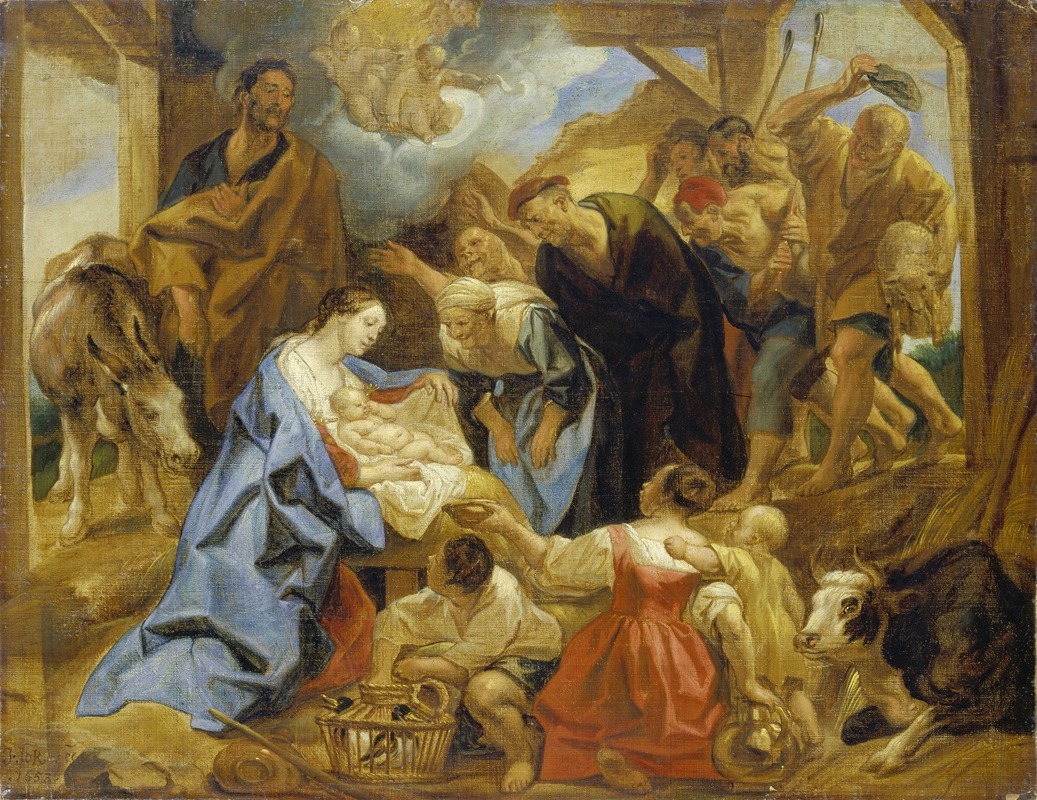
The Adoration of the Shepherds
A hand-painted replica of Jacob Jordaens’s masterpiece The Adoration of the Shepherds, meticulously crafted by professional artists to capture the true essence of the original. Each piece is created with museum-quality canvas and rare mineral pigments, carefully painted by experienced artists with delicate brushstrokes and rich, layered colors to perfectly recreate the texture of the original artwork. Unlike machine-printed reproductions, this hand-painted version brings the painting to life, infused with the artist’s emotions and skill in every stroke. Whether for personal collection or home decoration, it instantly elevates the artistic atmosphere of any space.
Jacob Jordaens, a prominent Flemish Baroque painter, created "The Adoration of the Shepherds," a work that exemplifies his mastery in depicting religious themes with vivid realism and dynamic composition. Born in Antwerp in 1593, Jordaens was a contemporary of Peter Paul Rubens and Anthony van Dyck, and he is often celebrated for his ability to convey human emotion and drama in his paintings.
"The Adoration of the Shepherds" is a classic representation of the nativity scene, a popular subject in Christian art that depicts the shepherds visiting the newborn Jesus Christ. This theme is rooted in the Gospel of Luke, where shepherds are described as being among the first to witness and pay homage to the infant Jesus following his birth in Bethlehem.
Jordaens' interpretation of this scene is notable for its vibrant use of color and light, which are characteristic of the Baroque style. The painting captures the moment with a sense of immediacy and intimacy, drawing viewers into the sacred event. The composition is typically dynamic, with figures arranged in a way that guides the viewer's eye towards the central figure of the Christ child. The shepherds, depicted with rustic realism, express awe and reverence, their faces illuminated by the divine light emanating from the infant.
Jordaens' skillful use of chiaroscuro—the contrast between light and dark—enhances the dramatic effect of the scene. This technique not only highlights the central figures but also adds depth and volume to the composition, creating a three-dimensional effect on the two-dimensional canvas. The interplay of light and shadow is a hallmark of Jordaens' work and reflects the influence of Caravaggio, whose dramatic lighting techniques had a profound impact on Baroque artists.
In addition to the shepherds, the painting often includes other figures such as Mary, Joseph, and angels, each contributing to the narrative and emotional depth of the scene. Jordaens' attention to detail is evident in the textures of the clothing and the expressions of the characters, which convey a sense of realism and humanity.
Jordaens was known for his ability to infuse his religious paintings with a sense of everyday life, making the divine accessible to the viewer. His works often reflect a blend of religious reverence and human warmth, a quality that made them popular during his lifetime and continues to resonate with audiences today.
"The Adoration of the Shepherds" by Jacob Jordaens is a testament to his artistic prowess and his ability to convey complex religious themes with clarity and emotion. The painting remains an important example of Flemish Baroque art, showcasing Jordaens' unique style and his contribution to the rich tapestry of European art history.






